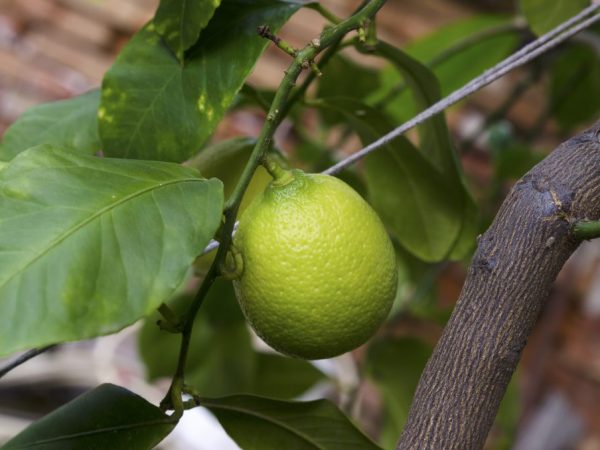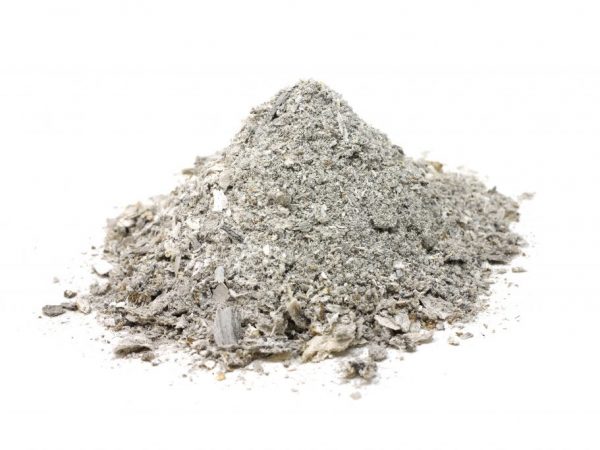Top dressing lemon at home
Proper feeding of lemon is one of the important steps in the process of growing citrus at home.

Top dressing lemon at home
Why do you need homemade groundbait
For growing at home, they usually take hybrid varieties of citrus fruits. Breeders create them for cultivation in warm and well-lit rooms. At the same time, the volume of the root system of citrus fruits is almost 40 times smaller than that of a lemon tree grown in a greenhouse. Small roots do not allow getting adequate nutrition from the substrate in order to ensure timely flowering and fruiting of citrus at home.
Groundbaiting is especially important when the flowering and fruiting stages of the lemon tree coincide. In such cases, the roots are required to provide plants with nutrients in an increased amount.
With insufficient feeding, the lemon foliage begins to turn yellow and subsequently wither and fall off. The upper vegetative part dries up. Fruits are formed small and coarse in quality, often fall off before reaching the stage of technical maturity.
What elements are needed
It is possible to understand that a houseplant is starving from a lack of nutrients from yellowed foliage that has lost its glossy shine, dried tops and inflorescences and unripe fallen fruits.
Changes in the appearance of the plant help to determine which nutrients are lacking in a home lemon tree and how to feed citrus:
- With a lack of nitrogen, overall development and growth slows down, which leads to a depression. Yellow spots appear on old foliage, which subsequently completely cover the leaf blades. Young, newly grown foliage acquires a pale green color, the fruits become smaller, and the yield decreases.
- With a lack of phosphorus, metabolic processes are disrupted, which causes dullness and loss of glossy shine of the foliage. The peel of the fruit becomes rough and overly dense, citrus fruits grow in an ugly shape.
- With a lack of potassium, the foliage increases excessively in size, a pronounced folding appears, the plant stops development, at the stage of flowering the inflorescences and foliage fall off, the number of fruits decreases, they become smaller, the peel becomes thin.
- With a lack of iron, chlorosis develops. Foliage and fruits become pale. Often citruses fall off even before ripening, the upper shoots dry out due to inadequate nutrition.
- With a lack of calcium, the appearance of young vegetative parts changes: foliage and new shoots. The leaf blades curl up, the tops become discolored, and the quality of the fruit suffers.
- With a lack of manganese, clearly visible veins appear on the foliage.
- With a lack of copper, the upper tier of the crown withers.
- With a lack of boron, the foliage curls and becomes covered with watery spots, dark specks are observed on the fruits.
Sources of required components

Ash will saturate the soil with trace elements
When feeding lemon at home, sources of essential nutrients are found in simple means:
- The lack of nitrogen is replenished by quinoa and saltpeter, while the top soil layer in the pot container is replaced with crushed quinoa leaves, and when watering with saltpeter, a 0.5% concentration is used.
- The source of phosphorus is superphosphate and wood glue, a solution with glue for irrigation is made from 2 g mixed in 1 liter of water and boiled for 0.5 hours. Superphosphate is added to the slurry during its fermentation at the rate of 50 g per 10 liters.
- Wood ash simultaneously saturates with calcium, phosphorus and potassium. It is brought in with a solution of 1 tbsp. l. per 1 liter of water or give nutritional yeast: 2 tbsp. l for 10 liters of water together with 4 tbsp. sugar, the solution is insisted for a day.
- The sources of magnesium, manganese, copper, iron and potassium are tea leaves and coffee grounds.
- The lack of manganese is eliminated by using a solution of potassium permanganate in a weak concentration.
To improve the general condition of the plant, fertilizing lemon at home is done with organic matter: manure, chicken droppings. They are diluted with water and fermented for 10 days.
Fertilization rules
Homemade citrus has small roots, so lemon bait is carried out in a limited amount, without overloading the plant with fertilizer complexes.
An excess of fertilizing compositions negatively affects the condition of the plant, leading to a slowdown in development, shedding of inflorescences and an end to fruiting.
At the stage of active growth and fruiting of lemon, top dressing at home is carried out in spring, summer and autumn. The beginning of fertilizing activities for citrus fruits falls on the first days of March. Top dressing is applied until mid-autumn. The frequency of fertilization is once every 10 days.
At the dormant stage of the plant, from the second half of autumn and winter, the frequency of fertilization for lemon is reduced to once every 30 days.
Fertilization chart
The recommended scheme for applying top dressing for decorative lemon by month:
- in March - watering with slurry (100 g per 1 liter of water) and adding superphosphate (5 g),
- in April - watering with superphosphate (5 g per 1 liter of water), potassium sulfate (3 g per 1 liter of water),
- in May - the introduction of urea (1-2 g), superphosphate (5 g), fertilizing complexes with boron, magnesium and copper,
- in June-July - the introduction of urea (1-2 g), superphosphate (5 g), potassium sulfate (3 g),
- in August - watering with slurry (100 g) with manganese (0.2 g),
- in September - complex fertilizers.
At the dormant stage from October to February, feed the lemon with acceptable ready-made fertilizing mineral compositions, for example, "Fasco", without the use of additional funds.
Conclusion
Fertilizer for lemon at home is necessary for the full development of citrus. Fertilizing complexes are applied at the recommended frequency and according to a certain scheme, avoiding an overabundance.


